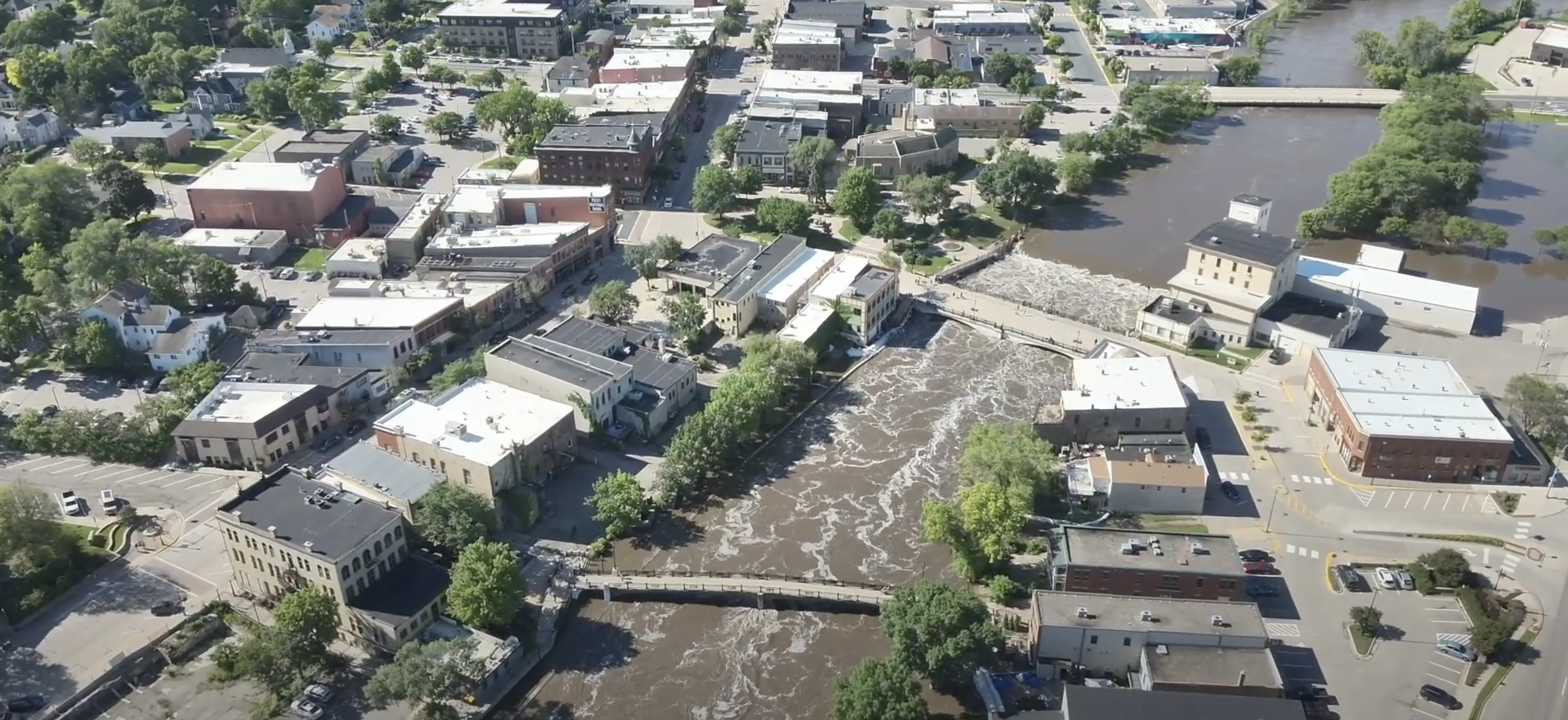Minnesota experienced significant and widespread flooding in June 2024, affecting multiple regions across the state. The flooding was described as “unprecedented” in some areas, with nearly half of Minnesota under flood conditions by June 27, 2024. The flooding was primarily caused by several rounds of heavy thunderstorms that occurred between June 19-21, 2024. These storms produced widespread rainfall of 4 to 6 inches across southern Minnesota, leading to record flooding in some areas.
On July 1, 2024, President Biden approved a Major Disaster Declaration for Minnesota, allowing federal aid to supplement state and local recovery efforts in the areas affected by severe storms and flooding that began on June 16, 2024.
If you were impacted by this disaster and had any losses or unexpected expenses related to the flooding, read on to understand how to handle the insurance process.
Is my insurance going to cover this event?
For insurance purposes, the events in Minnesota would be classified as flood damage. This is a specific type of water damage that is typically excluded from standard homeowners and business insurance policies.
If you have damage as the result of wind or wind-driven rain, that resulted in water entering your home through a wind-damaged window, roof, or door, most homeowners and property insurance covers this type of loss.
In the United States, flood insurance is primarily handled through the National Flood Insurance Program (NFIP) and sold through a network of agents and insurance companies. There are typically two types of coverage:
- Building property coverage would apply to the physical structure of insured buildings.
- Personal property coverage would apply to the contents of insured buildings.
If you’re unsure if you carry this type of coverage, check with your agent. While private flood insurance policies are available, NFIB are the most common.
Limitations with NFIB flood insurance policies
NFIB policies are limited to coverage for direct physical losses to structures and belongings. This means that unless you have a private flood insurance policy, an NFIB policy will not cover loss of use, temporary housing, of lost income if your business is interrupted due to flooding.
NFIB policies and private flood insurance may also not cover mold damage. Therefore, it’s important to take begin cleanup as soon as possible to prevent the growth and spread mold.
How can I determine if I have flood insurance?
The best way to determine if you have flood insurance is to review your insurance documents or call your agent or insurance company. If you want to verify coverage through a NFIB flood insurance policy, you can call the NFIP at 877-336-2627 to verify your policy and find your agent or carrier.
Flooding Cleanup and Emergency Repairs
Typically, you’ll want to start cleanup before an adjuster has had a chance see the damage directly. This is especially true to prevent mold which is typically not covered under flood insurance policies. You may also want to make emergency repairs to make your home habitable or get your business back up and running. This means that is is critical to document everything because your insurance company will not have a chance to see the damage before you make repairs.
To make sure you are prepared to submit a comprehensive proof of loss:
- Take photos and videos of everything. You should take pictures of anything before it is thrown out. For any structural damage, take pictures before attempting any cleanup or repairs.
- Keep all receipts related to cleanup and repair.
- Record serial numbers by taking photos of the model information and serial number of items, particularly large appliances.
Overall, get yourself in the mindset of keeping details on anything that is thrown out, repaired, or replaced.
Starting your insurance claim
You should file your claim immediately, even if you are not back into your home or business and have not been able to assess the damage. As you being to cleanup and make emergency repairs, make sure you keep records to provide to the insurance company. You should also keep a log of every interaction with the insurance company.
A critical step in helping to speed up the claim process is to prepare of Flood Proof of Loss.
Resources
Here are some key websites and resources available to those affected by the Minnesota floods.
- HUD Offers Disaster Aid to Minnesota Storm and Flood Victims. Assistance includes a moratorium of foreclosures and various programs for those that need housing. If you have a mortgage, HUD also encourages you to contact your mortgage or loan servicer to see if you are eligible for relief through your servicer.
- Property Tax Relief for Damaged or Destroyed Property. If your property sustained 50% or more damage or was destroyed, you may be eligible for property tax relief.
- SBA Disaster Loans. The SBA offers disaster loans to businesses, homeowners, renters, and non-profits. A wide variety of programs are available to help with recovery.
Counties Affected and County Resources
Below are the counties affected by the June 2024 Minnesota Floods. Some of these counties have excellent resources for their property owners, and we’ve linked them here.
| Blue Earth County | Carver County | Cass County |
| Cook County | Cottonwood County | Faribault County |
| Fillmore County | Freeborn County | Goodhue County |
| Jackson County | Lake County | Le Sueur County |
| Murray County | Nobles County | Pipestone County |
| Rice County Rice County FAQs & Resources | Rock County | St. Louis County County Flood Resources |
| Seele County | Wabasha County | Waseca County County Alert |
| Wantonwan County |



